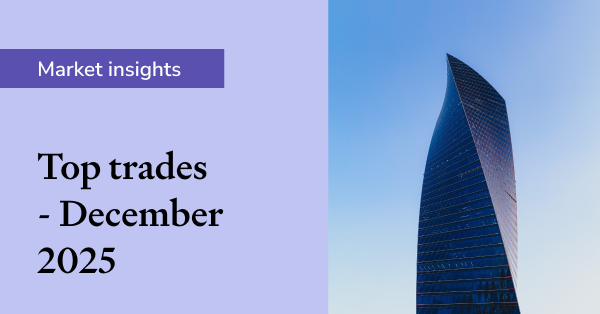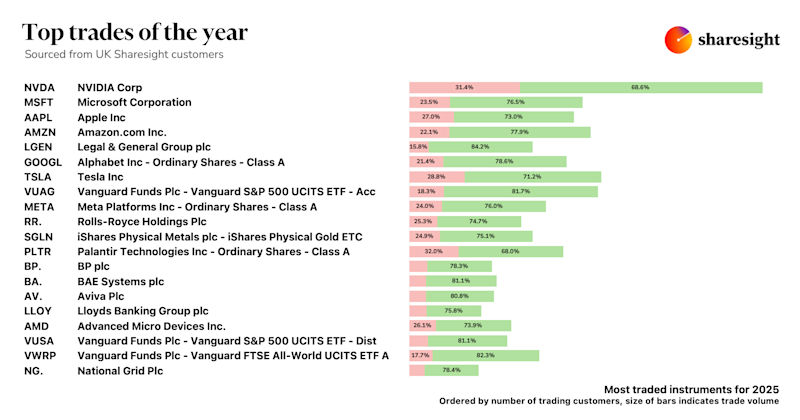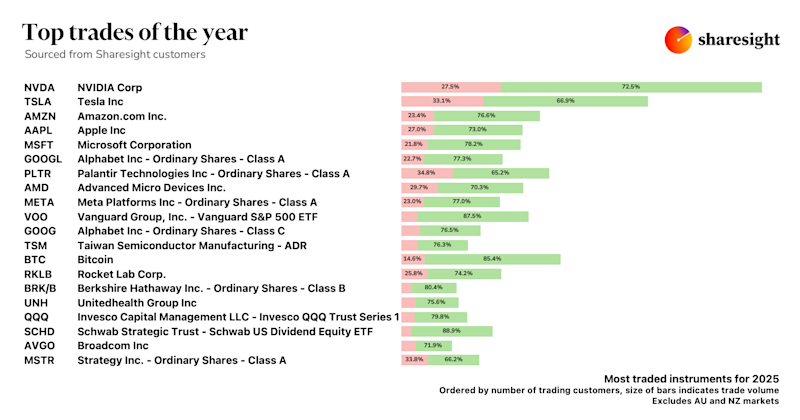Track Korea Exchange (KRX) stocks with Sharesight
We’ve added support for almost 2,000 listings on the Korea Exchange (KRX) on Sharesight, with historical price data going back almost 20 years - bringing the total number of global markets Sharesight supports to 28.

What is the Korea Exchange (KRX)?
The Korea Exchange was established in 2005 after the Korea Stock Exchange, Korea Futures Exchange and KOSDAQ Stock Market merged and is now the sole securities exchange in South Korea with operations in Seoul and Butan.
Sharesight tracks almost 2,000 listings on the KRX exchange including stocks, exchange traded funds (ETFs) and Real Estate Investment Trusts (REITs).
How to track the Korea Exchange (KRX) with Sharesight
-
Sign-up for a FREE Sharesight account.
-
Add your holdings to your portfolio(s) searching for the Korea Exchange using the market code KRX.
-
Sharesight converts the prices and valuations of your holdings from their listed market to your portfolio’s base currency. It also automatically calculates any currency fluctuations on a daily basis and backfills past dividends (and continues to add new ones as they are announced).
If you have any questions or feedback concerning these new markets, please get in touch via our community forum.
Already tracking these holdings manually in Sharesight?
If you are currently tracking a Korea Exchange (KRX) holding using Sharesight’s custom investment feature, you can merge it with its appropriate instrument, without losing any data.
FURTHER READING

Sharesight users' top trades – December 2025
Welcome to the December 2025 edition of Sharesight’s monthly trading snapshot, where we look at the top buy and sell trades by Sharesight users over the month.

Top trades by UK Sharesight users in 2025
Welcome to the 2025 edition of our UK trading snapshot, where dive into this year’s top trades by the Sharesight userbase.

Top trades by global Sharesight users in 2025
Welcome to the 2025 edition of our global trading snapshot, where we dive into this year’s top trades by Sharesight users around the world.